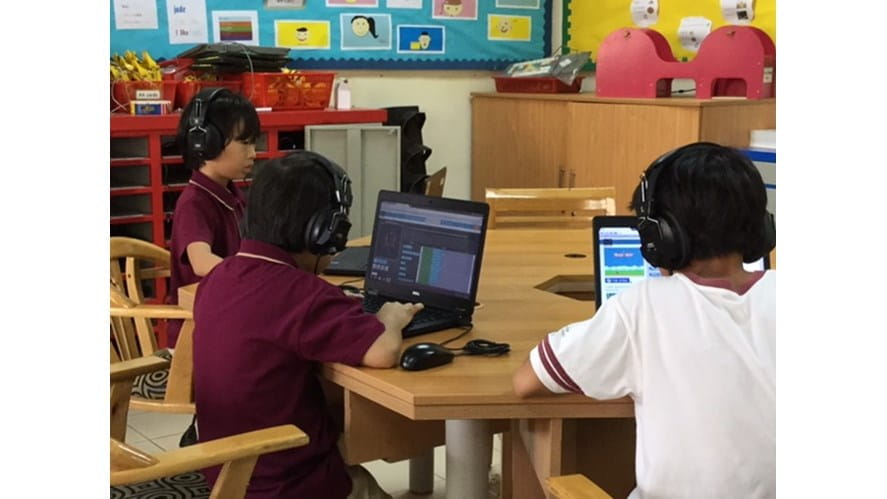As part of International Computer Science week all students from Year 1 to 6, parents and teachers have been learning about coding and computer science by participating in the Global Hour of Code.

As part of International Computer Science week all students from Year 1 to 6, parents and teachers have been learning about coding and computer science by participating in the Global Hour of Code.
As part of International Computer Science week all students from Year 1 to 6, parents and teachers have been learning about coding and computer science by participating in the Global Hour of Code.
It has been said that to the 21st century learner learning about computer science is just as important as learning about photosynthesis or electricity. Computer Science is the greatest source of new emplyment opportunities in the world today. It impacts all professions from growing produce, to the film industry, to design and more. The Hour of Code originated four years ago as a way to encourage more students thinking about Computer Science as a career and has grown each year since. During those four years, 322 million students around the world have participated and over 21 billion lines of code have been written.
Being part of the Hour of code has allowed our students access to a variety of new skills such as game design and coding, but the learning skills that are developed through coding are immeasurable. In order to code students must develop a range of learning dispositions and these have a positive effect on all other subject areas. They must learn to look at a problem logically and then plan how they are going to solve it through visualising and sequencing the data into the necessary code. There are many variables and loops that make up any code and in order to create the best algorithm or sequence they must persevere and trial and test their code until it is successful.
So, with all the students being involved it was only natural to give parents and classroom teachers an opportunity to experience learning in the way that their students do each day. Over 40 parents and 35 teachers took the opportunity to give coding a try. There was a lot of laughter, confusion, challenges, failures and success as they worked through different tutorials and problems. As a teacher it was rewarding to see parents ask the same parents that their children had asked only a few hours before and see them celebrate their achievements as the overcame an obstacle. Parents noted how much education had changed and how they enjoyed the opportunity to have the time to learn how their children learn.
Luke Dyer, ICT Leader